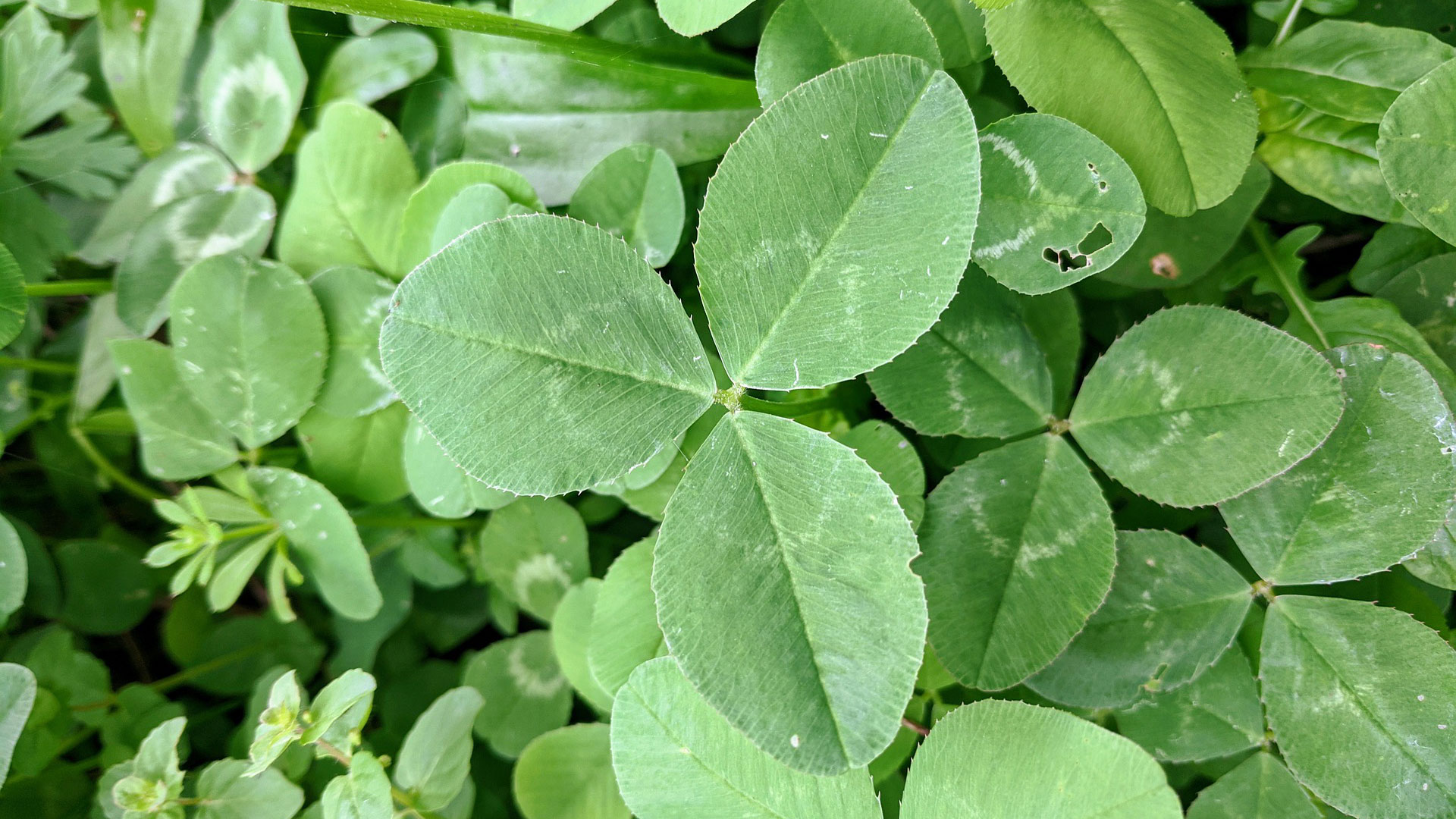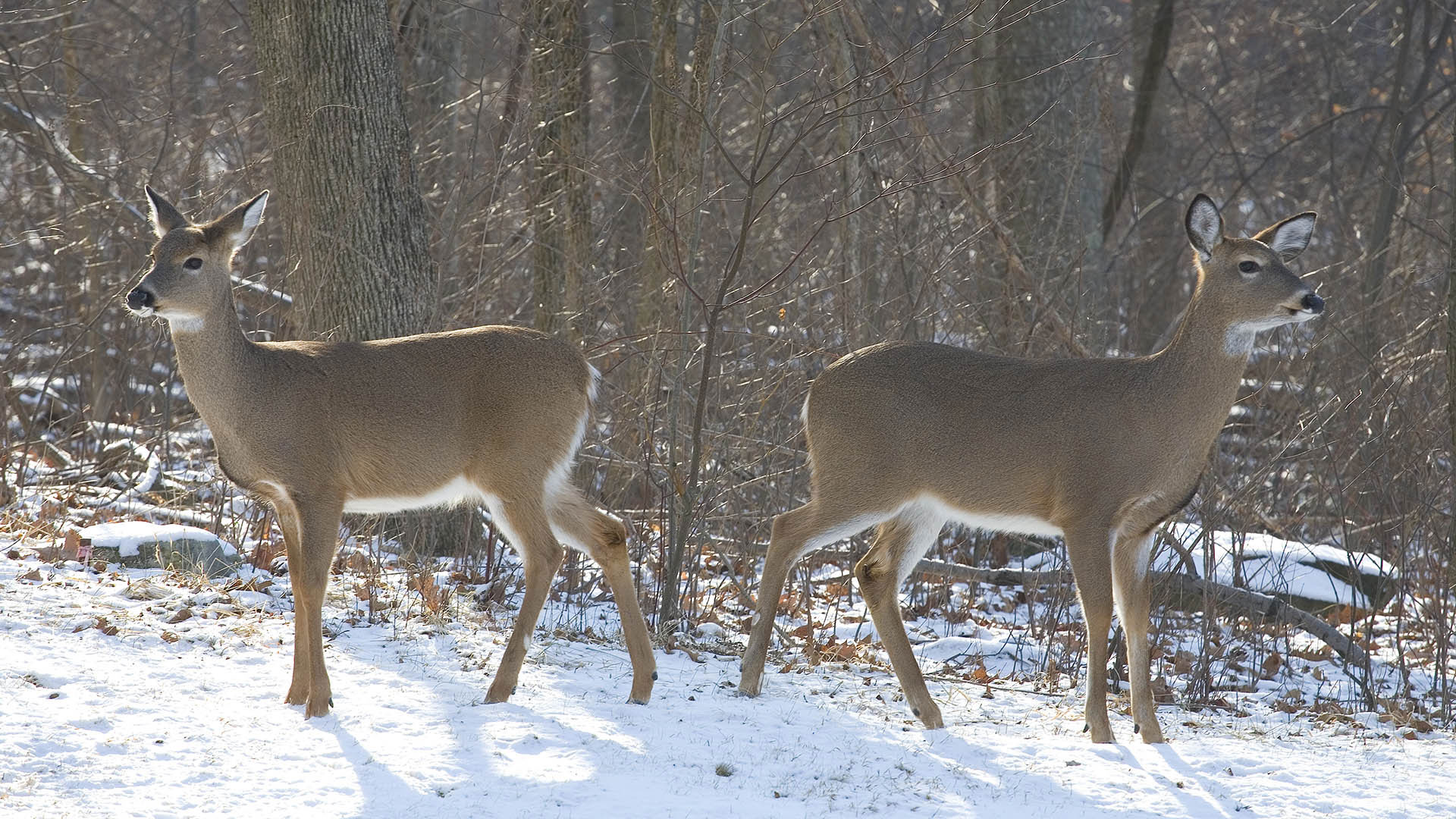
May and June are the months that deer hunters plan to get their food plots in the ground. Many believe the earlier the better, but that is not necessarily true. Rain and soil temperature are both key factors to food plot success.
Soil Preparation
The first step that is recommended by everyone who plants a seed is to get a soil test done. A soil test will tell you everything you need to know about what your dirt needs to grow your plants efficiently. I suggest getting soil samples in every plot you plan to plant and, if the plot is larger than an acre, get several.
Soil preparation is now the next step. The ongoing debate/discussion is, till or no-till. I happen to think both have viable applications, so let’s make a quick analysis of both methods.
It is obvious that if you are going to till your food plots before planting, you will need access to some farm equipment. I do not necessarily mean a tractor and all the implements, however, those will make the job substantially easier. But most food plot prep can be done with an ATV and the tools that attach to it.
Another drawback to tilling is the recent jump in fuel prices. Making two or three extra passes in each plot is going to add up. You must decide where to draw the line on the overall cost per acre of your plots.
No-till is the method I prefer. This method promotes natural plant growth. Soil is built from the surface down. I believe tilling disrupts that natural process. No-till leaves decaying matter on the surface so that rain can leach the nutrients down into the soil naturally.
Another great advantage to no-till is the reduced erosion you will see. The two great soil erosion contributors are wind and rain. By not tilling, you drastically decrease the effects of this problem.
Crop Planning
The next question is, “What do I plant?” That is a fair question, but it has multiple valid answers. It has been my experience to simply produce a food plot that gives your deer what they cannot get naturally at your location.
For example, I think it is useless to plant corn and soybeans in a food plot on a row crop farm. You are merely providing the deer with more of something they already have. Think outside the box, and always plant a seed mix to maximize your effective yield throughout the season.
Again, thinking outside the traditional box, I suggest circling your food plots with thick-growing, food-producing plants. I like Sudex, sunflowers, or okra. Deer love all of these, and they form a protective barrier around the rest of the plot.
Adding Minerals
This is a good spot to digress quickly to mineral supplements. Adding the right minerals at the right concentrations can vastly improve the overall health of your deer herd. That in and of itself is a topic for an entire future article, but I highly recommend you do some research in the meantime. Personally, I like Rack Daddy Minerals out of Columbia, Missouri. Adding the proper mineral supplement program is a huge step in the right direction.
Planting your Plot

Back to the crops. Inside your edge cover crops you should always have clover, wheat and rye in your seed mix. These are better than oats, in my opinion. Sugar beets, turnips and radishes are great as they provide both above ground and below ground sources of nourishment. Please remember, the products I have just mentioned are predominantly for tilled ground. Even though some of these seeds can be broadcast, others will require a planter or drill. Once your broadcast seed is on the surface, you must come back over your plot with a drag to cover the seed.
My recommendation for fertilizer and seed density is dependent on the results of your soil tests. I learned most of my food-plot knowledge from the guys who developed the following practices when I worked at Beck’s Hybrids. Based upon their expertise, I like to start with 175-200 pounds of lime per acre, referring to your test results for exact amounts. Also, I put down a couple of hundred pounds of 13-13-13 fertilizer per acre.
When it comes time to actually plant, I plant thick, expecting heavy browse from the deer. I use about 200-pounds per acre of my seed mix. Remember, this is a mixture of the right seed for your location, but do not be afraid to experiment. Come hunting season, you will be glad you did.




































